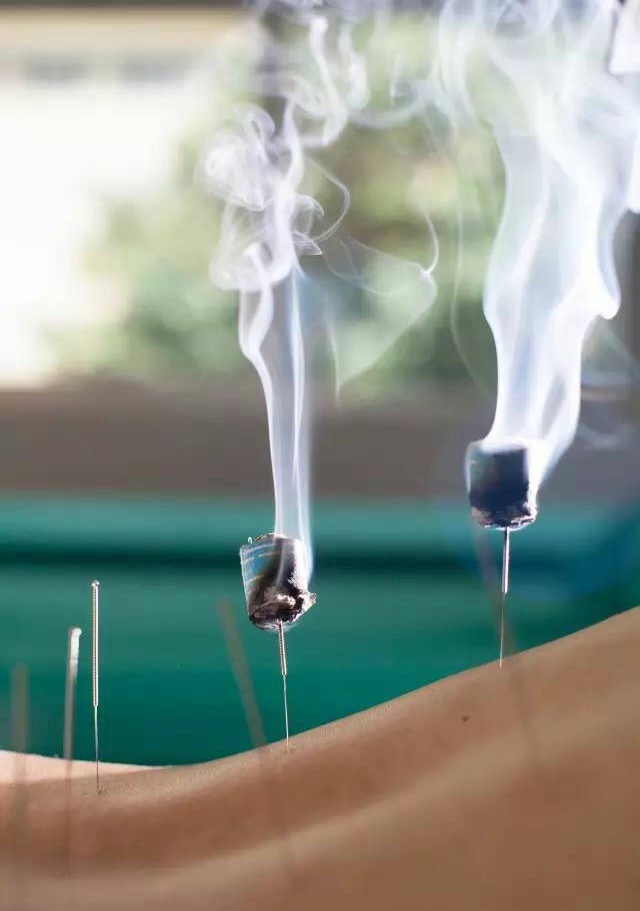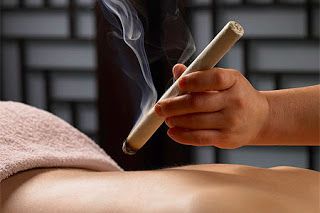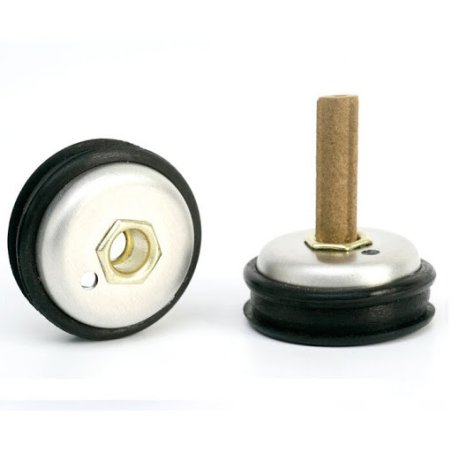Moxiotherapy
Sort by
(There are 32 products.)
Mini moksa skewer for needles 200 pcs.
Mini moksa with patch and stand 180 pcs.
Moxa cotton wool super pure 100 g
Moksa Wata PUNK 250 g Purity 3:1
Container cottage box for moxia
Container, cottage, moxia box
Copper container for mox cotton wool
Spring for moxa for needles - 1 pc.
Stand for mini moxia - 1 hole
Stand for mini moxia - 5 holes
Cigar moxia stand
Incandescent burner for moxa
Moxa cap for needles
Moxotherapy – heat therapy using moxa in traditional Chinese medicine (TCM)
Moxotherapy (in other words: moxing, thermopuncture) is a heat treatment by heating moxa meridian(moxa is a dried herb of wormwood - mugwort, artemisiae vulgaris or artemisiae argyi, Japanese mogusa, a medicinal plant used in medicine and as a spice in cooking due to its specific aroma).
The heat generated during the combustion of mu mud (Artemisia vulgaris) is used to mobilize the body's self-healing forces. The goal is to restore the internal energy balance between yin and yang, or "qi," which is disturbed in diseases. Moxitherapy is particularly used in the treatment of yin diseases and diseases caused by cold and moisture, but also degenerative diseases such as chronic bronchitis, chronic asthma, depression and fatigue.
.jpg)
The therapeutic effect of moxa is achieved by burning it on the body (direct moxotherapy) or just above it (indirect moxotherapy method), using a slice of ginger, garlic or Shiunko ointment, and nowadays usually in the form of a cigar or moxa stickers using a patch. It is a replacement or complementary action to traditional acupuncture consisting in puncturing the body with needles for health purposes. Moksa is dried for a very long time, even all year round. The more yellow, the cleaner - it contains the fluff of plants itself, without part of the stems or leaves (the greener, the more polluted).

Indications for moxitherapy are: pain, bleeding, dyspepsia, diarrhea, menstrual pain, chronic fatigue and stress.
We offer moxa in the form of cigars, cotton balls, sprinkled moxa, coals and a number of accessories for moxotherapy: springs for moxotherapy, caps (useful for combining acupuncture and moxa therapy), coasters, houses and containers, rollers, heating plates, moxa holders, incandescent burners, TDP lamps.

A special form of moxa is carbon moxa, an extremely low-smoky muddle moxa, produced under anaerobic conditions in the same way as coal. When smoking, this moxa gives off very little smoke and a weaker aroma.
In addition to the traditional mud moxa herb, electric devices for moxa and TDP lamps are also used. In the case of electric moxa devices, heat is generated by the filament and directly or indirectly radiated to the treated area. TDP lamps (short for "Teding Diancibo Pu", which in Chinese means "special electromagnetic spectrum") or moxa lamps produce long-wave infrared light, which is perceived as pleasantly warming and is also suitable for heat therapy.
Benefits of moxitherapy
Moxibustion, or moxotherapy, is a therapy of traditional Chinese medicine involving the application of burning wormwood to the skin.
It is often combined with acupuncture, shiatsu treatments and bubbles.
According to Chinese medicine, the disease occurs when there is a blockage or stagnation of energy in the meridians.
Like acupuncture, moxibustion only removes these blockages. The goal of moxitherapy is to restore the body to balance and the uninhibited flow of qi or life energy, which also means achieving optimal health. However, since moxibustion has a stronger effect on biochemical processes, especially on blood components and the immune system, it has proven to be even more effective than acupuncture itself, especially in long-term, chronic diseases of internal organs. An ancient Chinese medical text, Huang Di Nei Ying Ling Shu, states, "A disease that cannot be treated with acupuncture can be treated with moxitherapy."
So there is no doubt that this is a truly healing technique.
How is moxa performed?
Mox therapy involves placing burning wild wormwood (lat. Artemisia vulgaris) at specific acupuncture points on the body.
Wild wormwood, used for thousands of years for medicinal purposes, is dried, chopped and rolled into sticks or formed into small cones that are placed directly or indirectly on the skin.
Healing properties of wild wormwood
Wormwood is known for its healing properties, and the heat produced by the burning stick of this plant stimulates the flow of vital energy through energy channels or meridians and reduces the cold energy of yin. Ignited wormwood (moxa) releases heat evenly and slowly, which has a significant therapeutic effect. Wild wormwood has always been used in folk medicine to relieve many ailments. This plant has a diuretic, stimulating and emenagogic effect, which means that it stimulates blood flow in the body. It helps to alleviate stomach, liver and biliary ailments and accelerates the regeneration of the body after illness.
Who is moxiotherapy for?
Because it has a fiery, warming (yang) effect, moxibustion is perfect for relieving ailments associated with the stagnation of cold yin energy in the body.
Moxa therapy is a good choice for people with cold hypersensitivity (constantly cold hands and feet), hypothyroidism, hypoglycemia (low sugar), slow digestion, fluid retention or arthritis, and you are prone to depression and anxiety. Moxibustion is especially recommended for people who, despite trying all possible therapies, from conventional to alternative, still have health problems. In general, moxa is a good choice for chronic, autoimmune and degenerative diseases.
Diseases and ailments that are helped by moxiotherapy:
- Headache and migraine
- Arthritis
- Pain
- Hypothyroidism
- Hypoglycaemia
- Valunzi
- Ulcers
- Infertility
- Tendon
- Menstrual cramps
- Scanty menstruation (hypomenorrhea)
- Slow digestion
- Cancer
Contraindications: due to the increase in warm yang energy in the body, moxa therapy is not suitable for acute infections and fever.



































